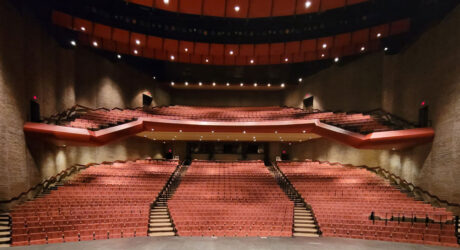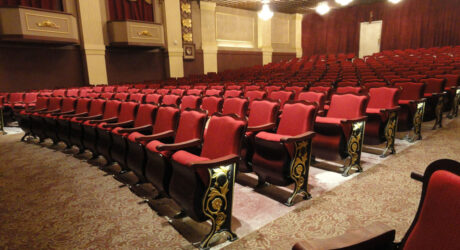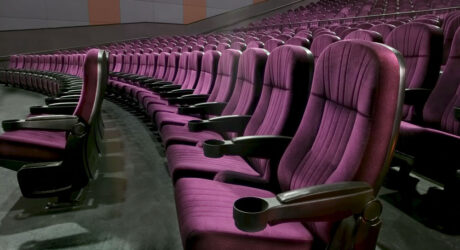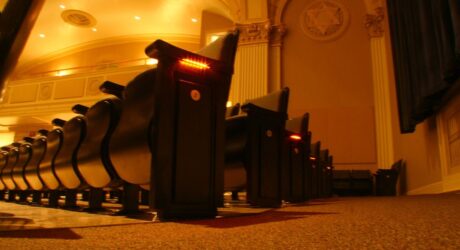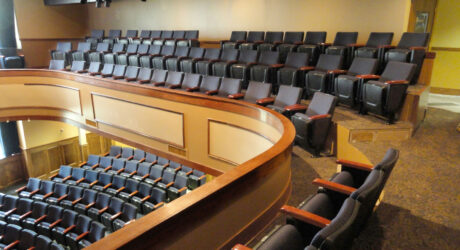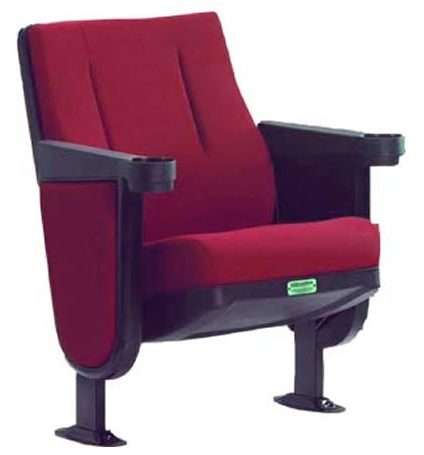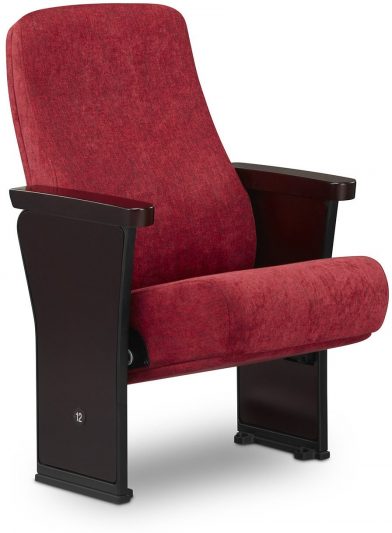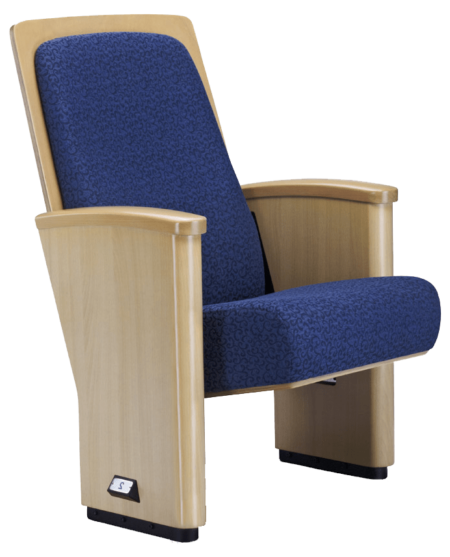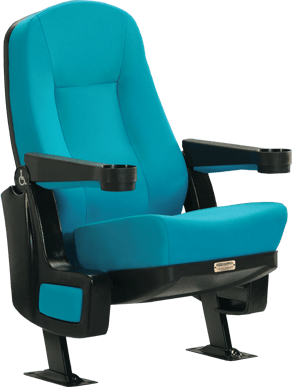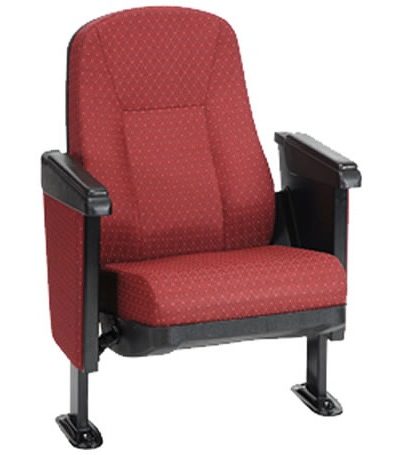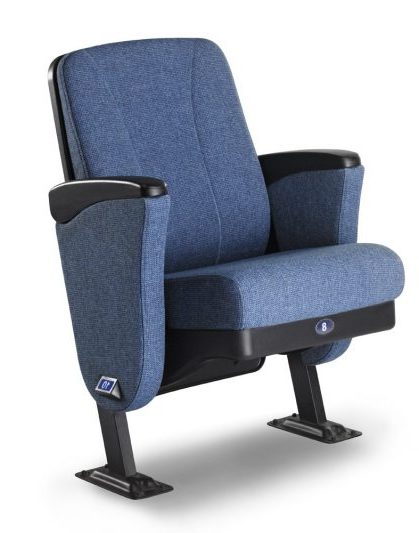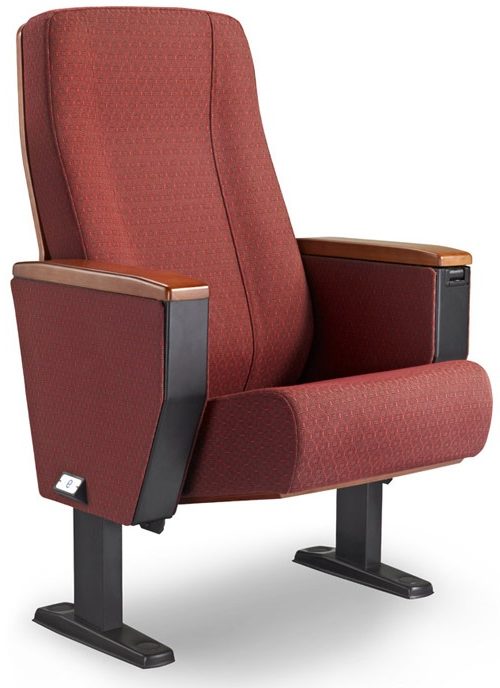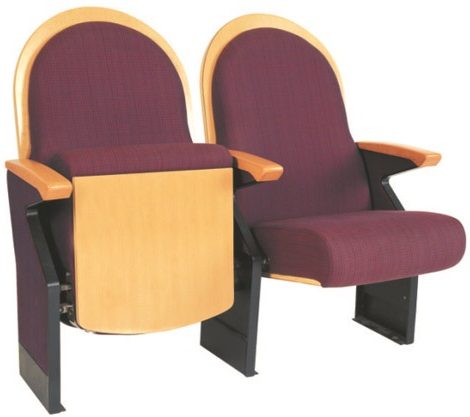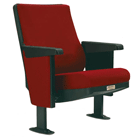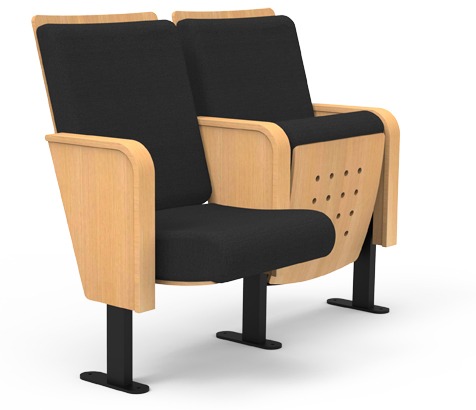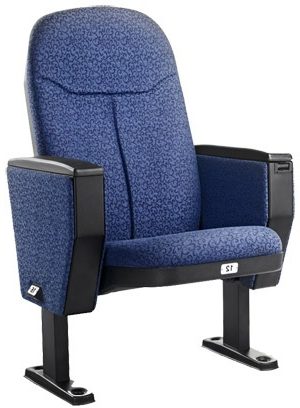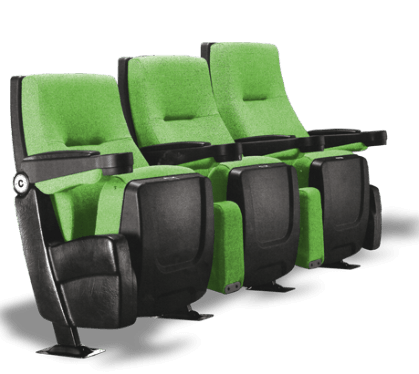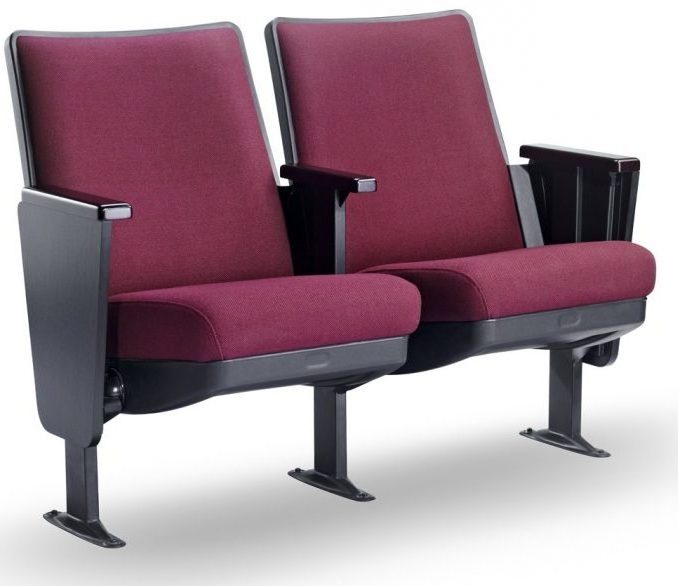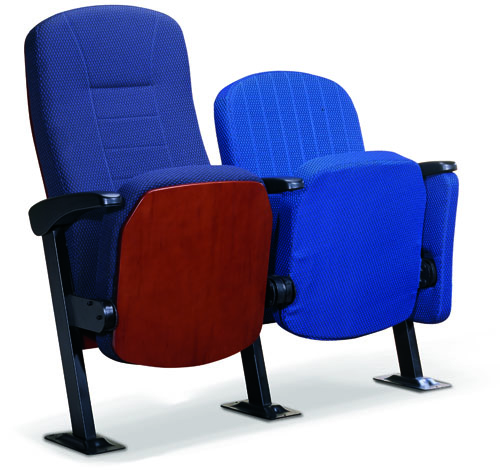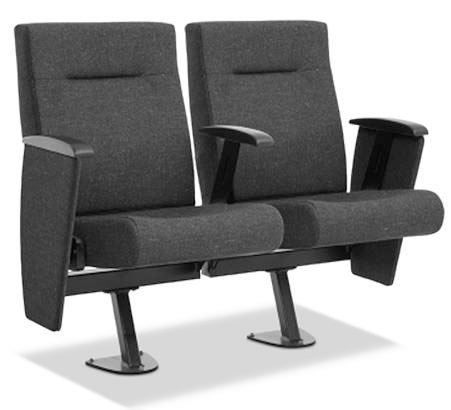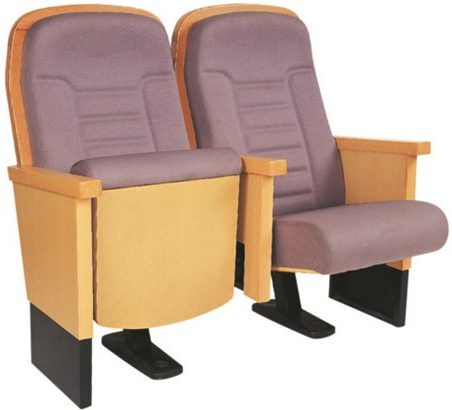Churches have long been regarded as places of worship, where congregations gather to connect with their faith and engage in spiritual practices. Within these sacred spaces, the arrangement of seating plays a crucial role in shaping the devotion experience. Traditionally, pews have been the standard choice for sitting in church, but in West Virginia, a revolution is underway. Modern congregations are exploring innovative options for seats that go beyond the limitations of pews, aiming to create environments that better suit their needs, enhance their devotion practices, and foster a deeper sense of community.
One of the primary motivations for rethinking sanctuary seating in West Virginia is the desire for flexibility. Unlike pews, which are fixed in place, alternative sitting options offer the freedom to rearrange and customize the chair arrangement. This adaptability allows sanctuaries to accommodate different worship styles, from traditional liturgies to contemporary music performances. By incorporating movable chairs and modular systems for seats, congregations can transform their worship spaces, facilitating seamless transitions between various forms of devotion and encouraging congregants to actively engage with the service.
Comfort and Engagement
Comfort is another critical consideration in revolutionizing sitting in church. Traditional pews, with their rigid wooden structures, can often lead to discomfort and distraction during lengthy services. In contrast, sitting in modern worship prioritizes congregants’ comfort by integrating ergonomic designs and cushioned chairs. These advancements promote proper posture, alleviate physical strain, and minimize distractions, enabling individuals to focus more fully on their spiritual experience. Comfortable sitting also encourages active engagement and a deeper connection with the praise service, as congregants can devote their attention to the message being conveyed.
Inclusivity and Accessibility
Sanctuaries are embracing new chair options to ensure that their spaces are accessible and inclusive to all members of the community. Many traditional pews are not designed with the needs of individuals with disabilities or limited mobility in mind. By adopting alternative sitting arrangements, barriers can be overcome and create an environment that accommodates everyone. Wide aisles, removable armrests, and designated wheelchair spaces are just a few examples of the accessibility features that can be incorporated into modern worship seating. By prioritizing inclusivity, churches in West Virginia are affirming their commitment to welcoming and valuing all praise participants, regardless of physical abilities.
Aesthetics and Ambiance
The aesthetic appeal of worship spaces is essential in creating an atmosphere conducive to spiritual reflection and connection. While pews possess a classic charm, modern sanctuary seating options offer a broader range of designs and materials to suit various architectural styles and ambiance. Congregations can select sitting options that align with their overall aesthetic vision, whether that be sleek and contemporary chairs, comfortable theater-style seats, or even more unconventional choices like bean bags. By thoughtfully curating the visual elements of their worship spaces, churches can create an environment that fosters tranquility and elevates the devotion experience.
Community and Interaction
In addition to the physical attributes of chairs, the layout and arrangement of seats within the praise space also play a significant role in fostering community and interaction. Traditional pews are typically arranged in straight rows facing the altar or pulpit, emphasizing a more passive experience for congregants. Modern arrangements for seats, however, embrace a more communal approach. Circular or semi-circular layouts for seats, for example, promote a sense of intimacy and connectedness. Worshipers can see and interact with one another, encouraging a stronger sense of community and active participation in the praise experience. These innovative sitting configurations enable congregations to forge deeper connections and create a shared spiritual journey.
Conclusion
The revolution in West Virginia sanctuary seating transcends the conventional pews, propelling modern congregations towards more versatile, comfortable, inclusive, and aesthetically appealing



